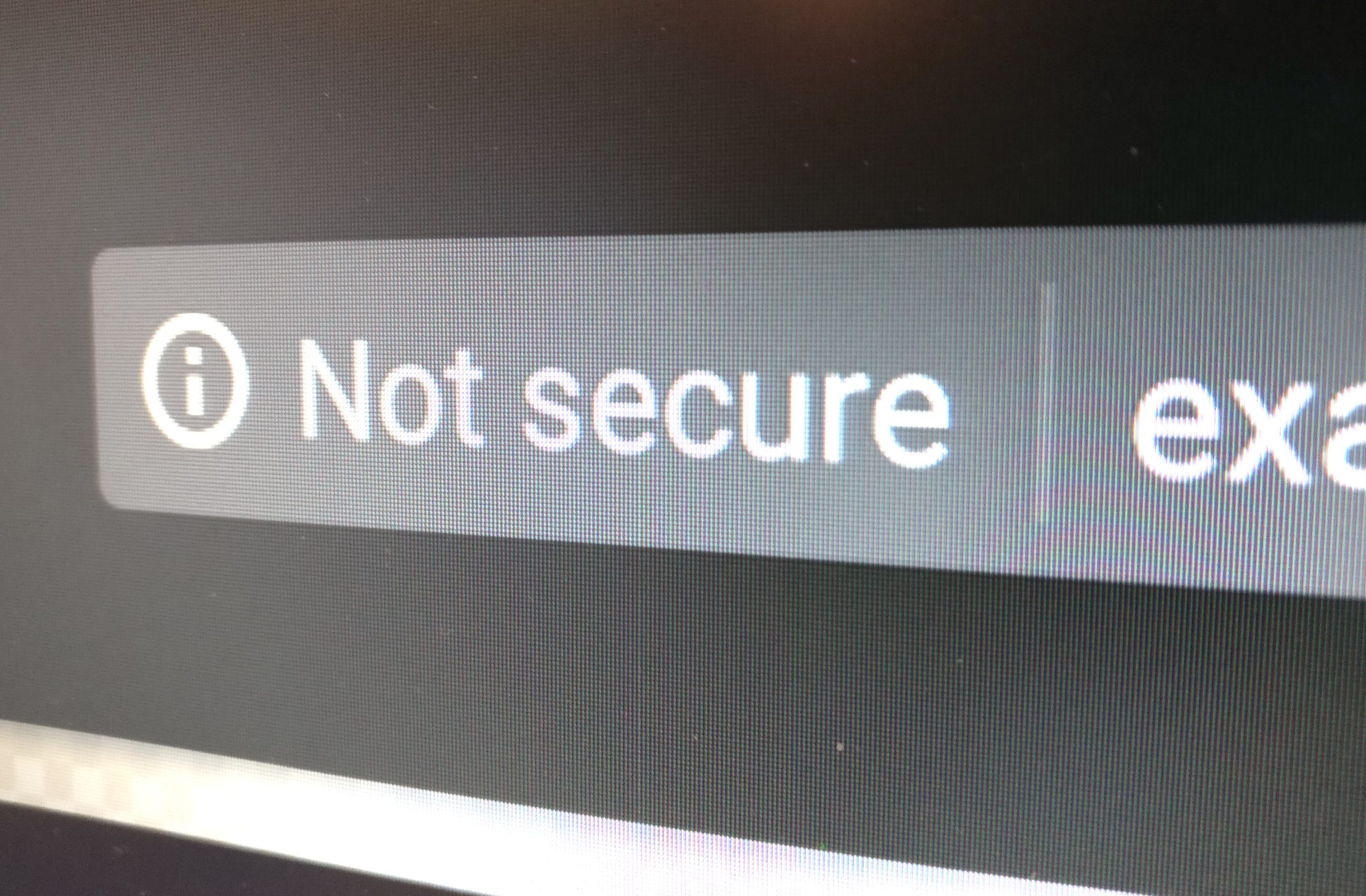
SSL certificates: Important changes in Google Chrome 62
Google has released their latest version of the Google Chrome browser for Windows, Mac and Linux, which includes further enhancements to notify users when they’re accessing non-secure websites…
Earlier in 2017, we wrote several blog posts about the changes affecting WordPress and even Ebay customers about SSL certificates. Changes also came into effect with Google Merchant feeds using SSL too.
Tip: Just to recap before we start, to tell if your site or one you’re using has an SSL certificate that is valid it will show the address with an https:// prefix.
Google Chrome: Insecure or not secure?
In January 2017, customers started to see a “Not secure” badge in the address bar on websites where password or credit card fields were present but there was no SSL certificate. They are not alone in doing this as Mozilla’s Firefox has also carried a warning for some time too.
However, Google is now extending the warning to any HTTP site where a user enters their information.
If you’re a Google Chrome browser user, accessing a non-secure website, you’re likely to see the following warning:

Why is this important?
SSL certification has always been important, as it gives security protection to sensitive data in addition to other benefits. Building customer trust is key in making online sales, so the use of an SSL certificate and HTTPS prefix is essential.
An example of how it will look to your user is as follows:

Also, 55% of the internet now use Google Chrome as their primary browser, so there’s a very good chance your customers will see the warning. With a warning this severe, it’s likely to put them off permanently!
How do I get an SSL certificate?
For new and existing customers using our web hosting, we can manage the installation for you. We may already be doing so, but please contact us to make sure. For customers who host their sites elsewhere, please contact your web hosting provider in the first instance.
Credit: Google Chromium Team
This page is supported by third-party advertising…
